Ice melt vs rock salt – experts reveal the best de-icing solution for your yard
Snow management pros compare ice melt vs rock salt, the two most popular de-icing solutions


Extreme weather this winter has brought snow to parts of the country that aren't quite used to it yet. If you haven't seen snow in years, you may not know the right way to de-ice your outside spaces.
If you're new to de-icing a driveway, you have two options: ice melt and rock salt. However, the right one to use isn't obvious. Both solutions have a lot of sales jargon so it isn't always clear which one is best for your paths and driveways. Both solutions can be toxic, too, so it's worth working out which is safest.
I spoke to de-icing experts about the crucial differences between ice melt and rock salt and discovered which is the right option for specific yards.
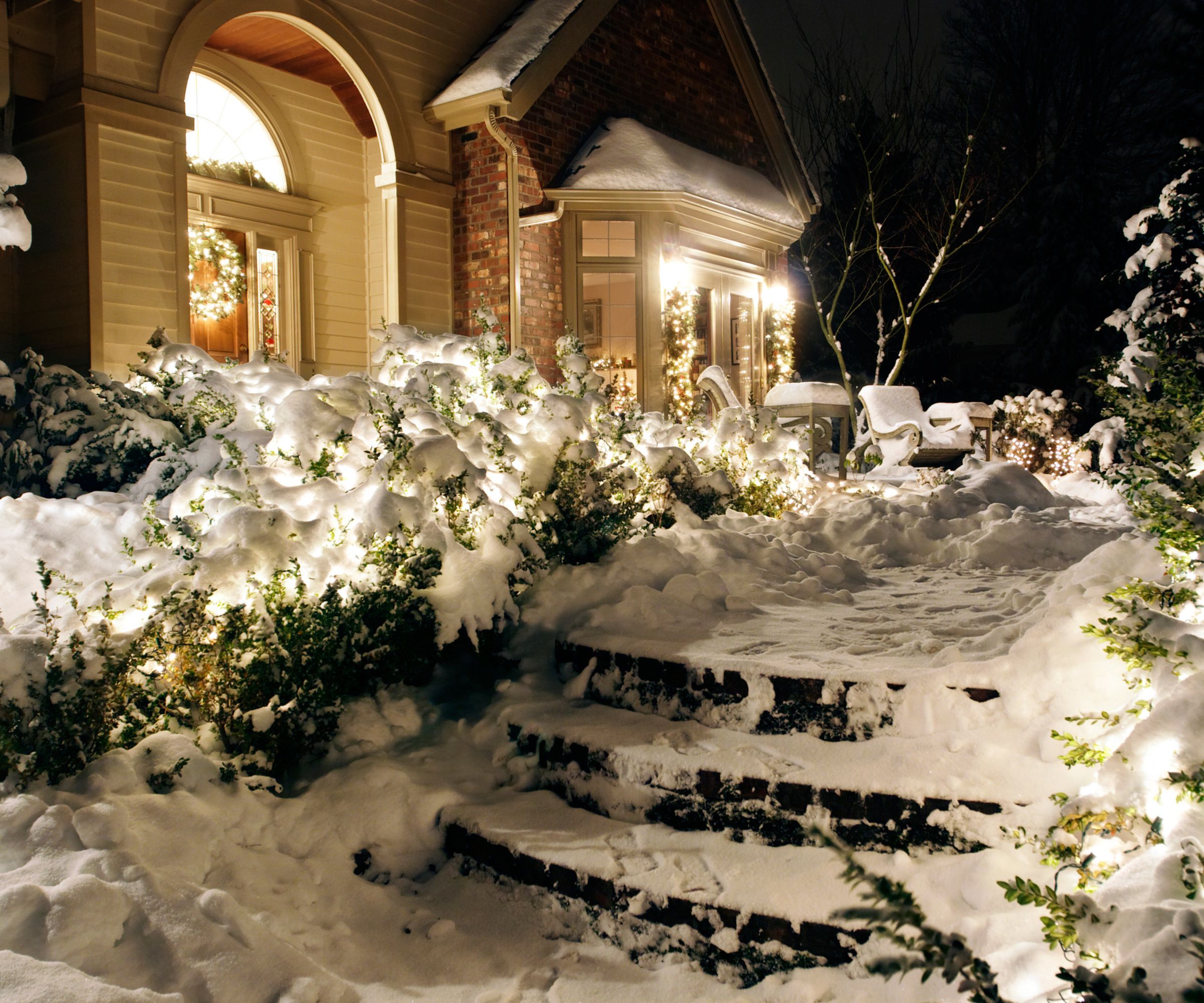
What's the difference between ice melt and rock salt?
If you are wondering how to de-ice garden paths, then you should know the difference between ice melt and rock salt. 'There is a simple chemical distinction,' explains snow management expert Chrissie Handley, who explains that 'ice melt is a de-icing solution made from a blend of sodium chloride, magnesium chloride and calcium chloride. The solution is known to dissolve much faster than regular de-icing salt due to its high solubility and works by lowering the freezing point of water to create a saline solution, melting snow and ice from driveways and paths.'
Rock salt, on the other hand, is just regular salt, exactly the same chemical as table salt. Chrissie explains that 'Rock salt is also known as ‘gritting salt’ – it’s a naturally occurring mineral formed from sodium chloride (salt) and is usually extracted from underground mines worldwide. You can also get white de-icing salt, which is extracted from evaporated seawater. This tends to be a cleaner de-icing salt alternative.'

Chrissie Handley is a De-Icing Solutions Expert working at Online Rock Salt – a company specializing in de-icing products since 2006.
What are the advantages of ice melt?
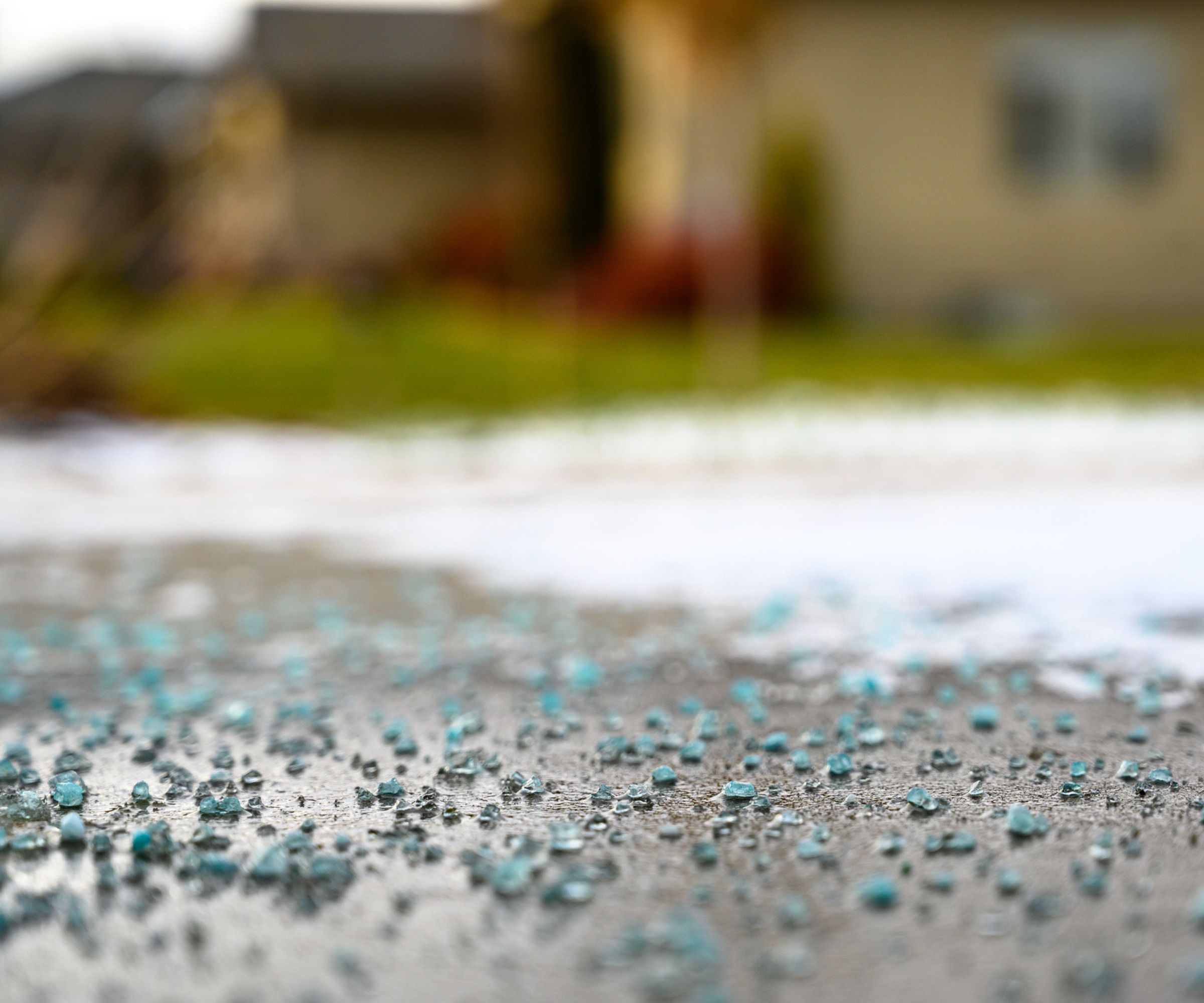
The main benefit of using ice melt in your winter garden is that it works at much lower temperatures than rock salt. Chrissie Handley says: 'If you live in a very cold climate, an ice melt containing calcium chloride, either alone or in a blend, is typically the best choice. Depending on its concentration and whether it is mixed with other de-icers, these ice melts can remain effective at temperatures as low as -25°F.'
On top of that, ice melt is softer on concrete surfaces than rock salt. Chrissie says: 'While both de-icing salt and ice melt can be applied to a variety of surfaces, including pavements, roads, and parking lots, ice melt is typically gentler, making it safer (though not completely, as it can still erode surfaces over time) for cars and concrete.''
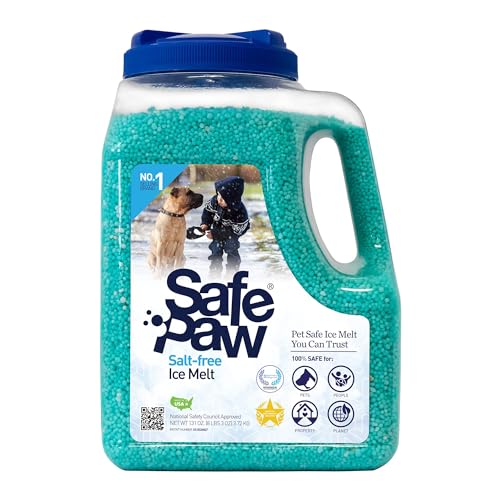
This American-made ice melt is as good as it gets. It has a traction agent to keep you from slipping, blue dye to make it easy to see where you've applied the salt, and it works at temperatures as low as -2°F. The only drawbacks are the price and claims about pet safety - users report that it's fine for their animals, but no ice-melt is completely pet-safe.
What are the disadvantages of ice melt?
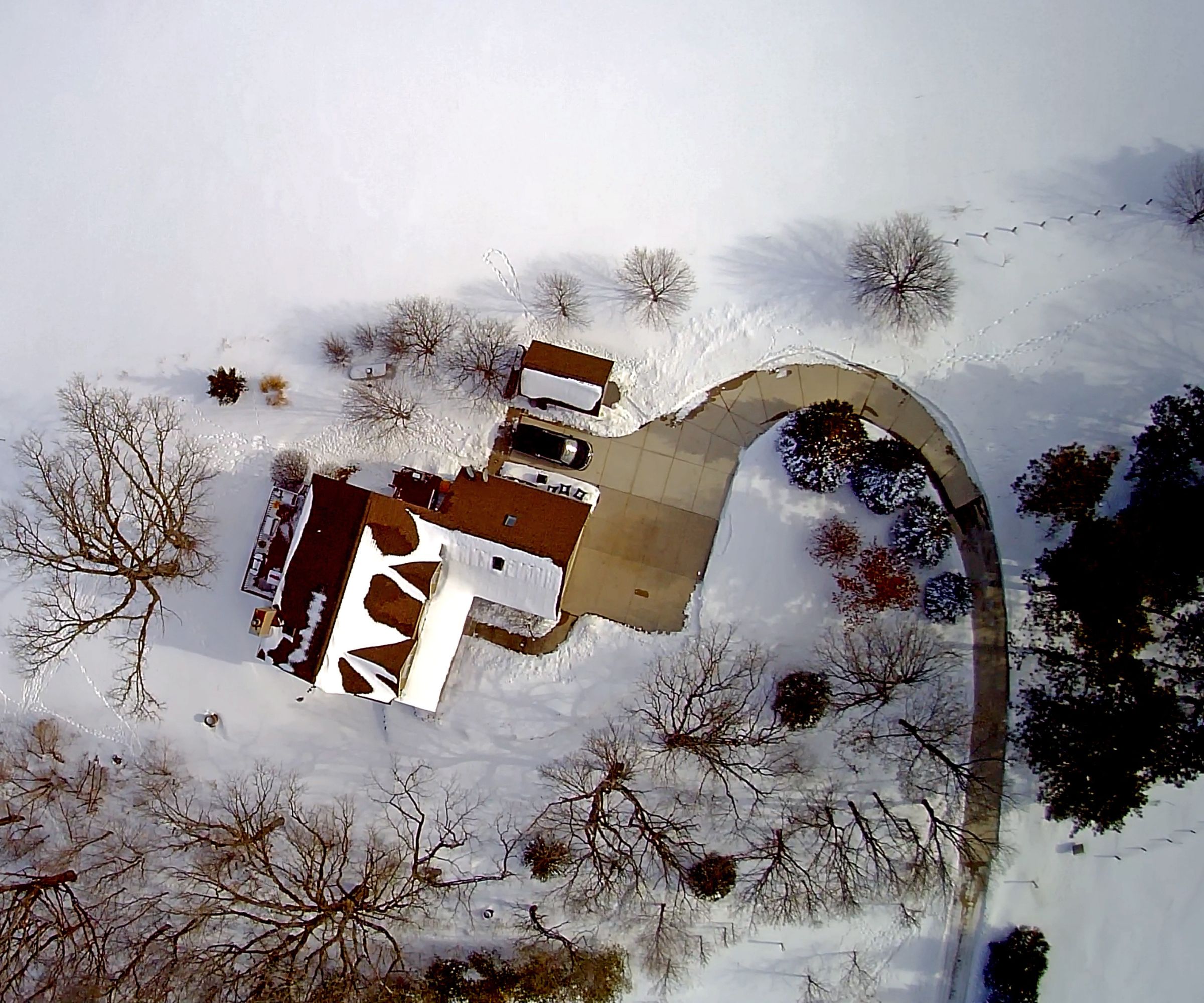
The drawback to ice melt is that it's toxic. Even 'pet-safe' ice melts can irritate skin, and they can even be fatal if ingested. Chrissie Handley says: 'Although ice melts are labeled as pet- and child-friendly and are generally deemed not as corrosive as standard de-icing salt, they are not completely safe. Ingestion can cause unpleasant side effects such as vomiting or diarrhea, so you should avoid using ice melt in areas where pets or wildlife may come into contact with it.'
While ice melt is less likely to damage concrete than rock salt, it's still not a perfect product. Chrissie says that: 'Ice melt is less corrosive than de-icing salt but can still penetrate concrete and weaken it over time. Concrete, especially newer, less cured types, can suffer from scaling, flaking, and cracking when exposed to the solution.'
Grounds manager Chris Metcalf adds that buying ice melt can be trickier than rock salt. 'Ice melt is more expensive compared to rock salt. It is less readily available, so it can be difficult to source the product during periods of high demand.'

Chris is the Project Manager for Grounds at SSC Service Solutions. He is a certified Snow Professional licensed by the Snow & Ice Management Association.
What are the advantages of rock salt?
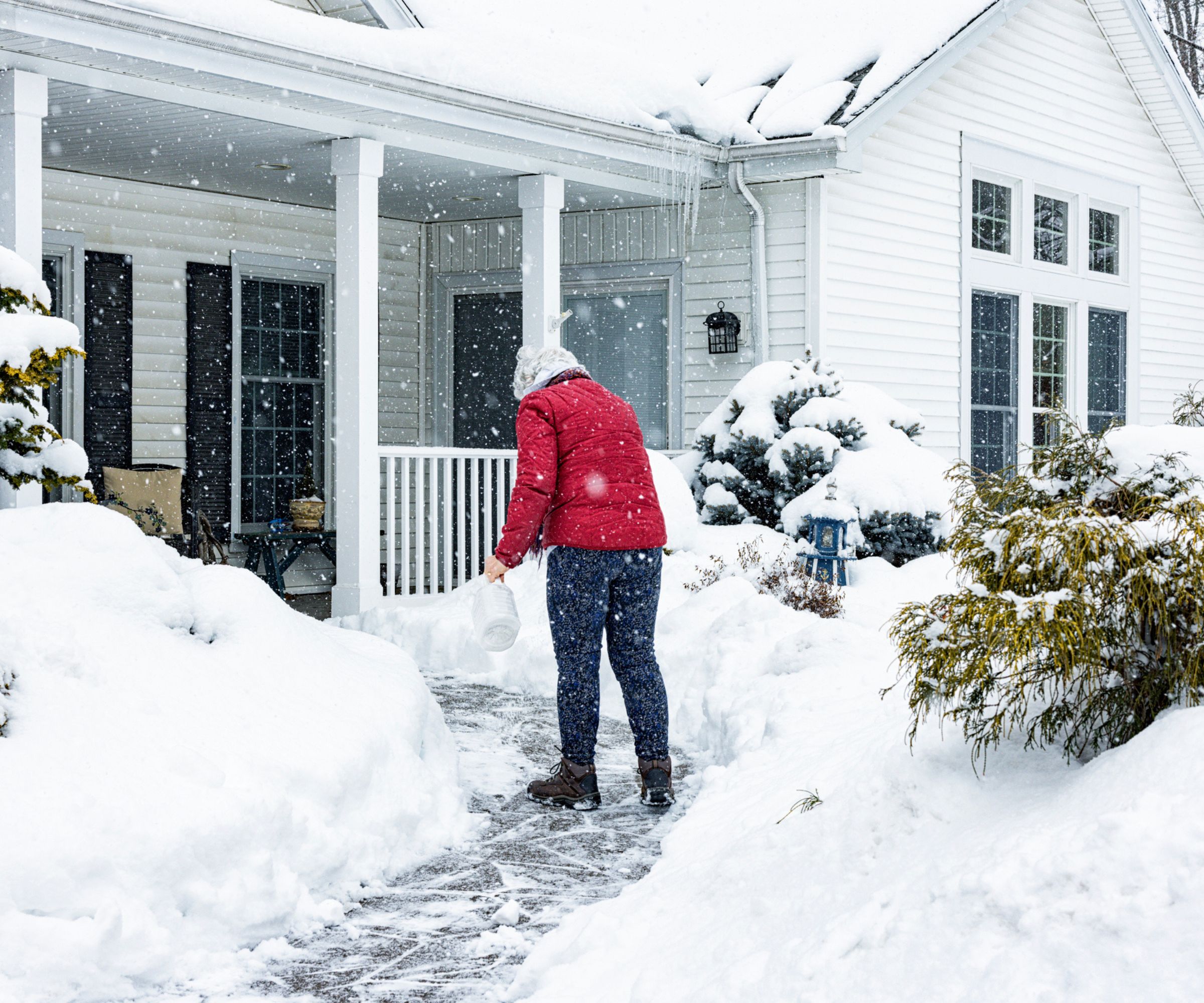
Rock salt has a lot of advantages, but they depend on the type of salt you use. Chrissie Handley explains that: 'Salt comes in two main types: rock salt, which is cheaper than white salt and used on roads, often leaving brown residue, and white de-icing salt, which leaves no residue and is used to de-ice schools, hospitals, and offices.'
The main benefit of white de-icing salt is that it looks much cleaner. Chrissie told me that: 'White de-icing salt is an excellent choice for areas with heavy foot traffic. It is purer than rock salt and leaves no residue, ensuring that carpets, tiles, and other indoor surfaces remain clean.'
However, white de-icing salt can be expensive, so most people use rock salt. 'Rock salt- also known as brown salt, road salt, or grit - is commonly used by highway agencies and spread by gritters during cold weather,' says Chrissie. 'Its durability makes it ideal for high-traffic areas such as roads and large parking lots. However, it does leave a slight brown residue, so despite being more affordable, some people prefer white salt.'
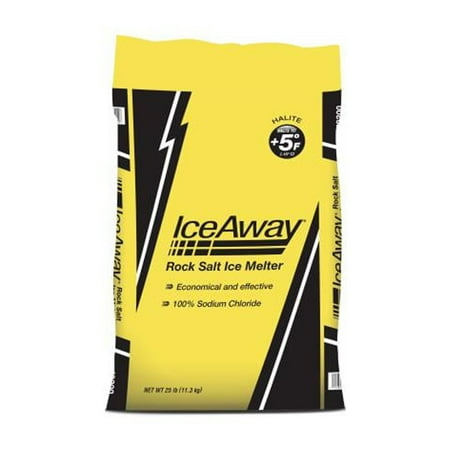
You don't need anything fancy with rock salt. This simple 25lb of rock salt will melt snow and ice on your driveway. Just make sure your concrete has been treated first, because salt can make concrete crack.
What are the disadvantages of rock salt?

Chris Metcalf says there are a few disadvantages to rock salt. The first is that it's more corrosive than ice melt. Chris says: 'Rock salt tends to be more corrosive to concrete, asphalt, vehicles, plants, and turf. It's much more easily tracked indoors, which can cause damage to flooring and carpets.' It does a lot more damage than ice melt, so it isn't the best option if you have untreated concrete.
Chris adds that rock salt doesn't work in every climate, and warns that: 'Rock salt has limited effectiveness in temperatures below 15 degrees.' While 15°F is fairly uncommon across the country, it's fairly routine in northern states, especially those bordering Canada, so ice melt is usually a better choice.
Rock salt doesn't last as long as ice melt, either. Chris says: 'Rock salt does not have long-lasting residual effects, which may require additional applications.' So, while rock salt is cheaper, you get through much more of it than ice melt.
FAQs
Are there alternatives to ice melt and rock salt?
Several rock salt and ice melt alternatives are less harsh on the environment. Chrissie Handley explains: 'When salt or ice melt is used in excessive amounts, it can potentially wash into the surrounding ground. This can lead to browning and killing of nearby grass, shrubs, and trees. Additionally, it can leach into the groundwater, potentially contaminating drinking water sources, including nearby rivers.'
This means that if you don't see heavy winters, you're probably better off using urea. Chrissie says: 'In milder climates, less aggressive de-icers like potassium chloride or urea might be preferable to minimize environmental impact.' Urea is available at Walmart and other stores, but it's more expensive than ice melts.
Ice melt and rock salt aren't the only way to de-ice garden paths and patios in the winter. There are also some intriguing ice melt alternatives made from common home products that might be a more cost-effective solution. Our guide has all the information you need to know.
Sign up to the Homes & Gardens newsletter
Design expertise in your inbox – from inspiring decorating ideas and beautiful celebrity homes to practical gardening advice and shopping round-ups.

As a gardens and lifestyle contributor, Alex makes sure readers find the right information to help them make the best purchase. Alex got his start in reviewing at the iconic Good Housekeeping Institute, testing a wide range of household products and appliances. He then moved to BBC Gardeners’ World Magazine, assessing gardening tools, machinery, and wildlife products.
You must confirm your public display name before commenting
Please logout and then login again, you will then be prompted to enter your display name.
-
 5 surprising but brilliant ways to clean with old socks – from perfectly buffing stainless steel to deterring pests naturally and more
5 surprising but brilliant ways to clean with old socks – from perfectly buffing stainless steel to deterring pests naturally and moreTackle dust in tricky corners, clean your mirrors and even banish bad odors with those rogue single socks
By Andy van Terheyden Published
-
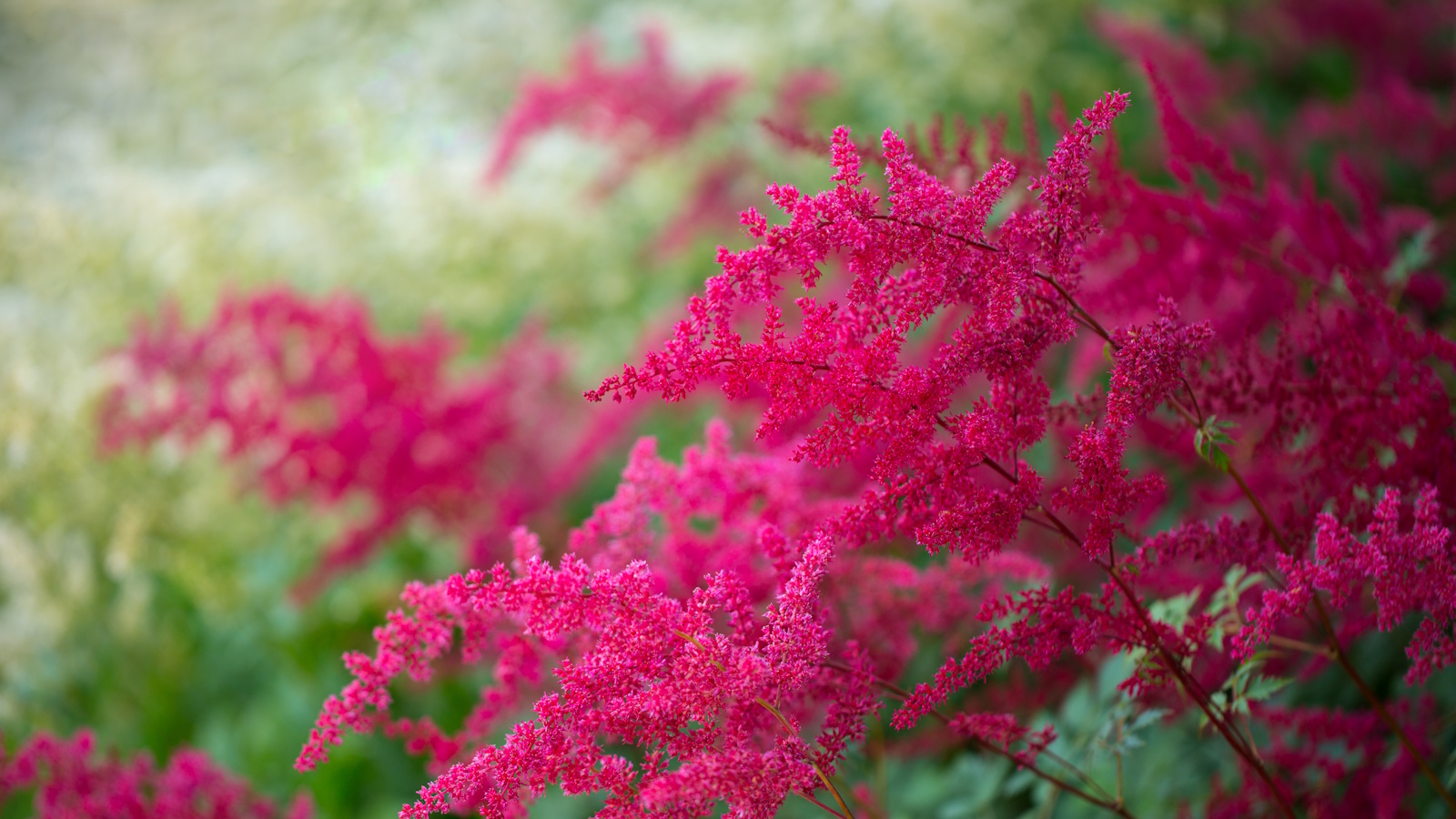 How to grow astilbe – expert advice on cultivating this shade-tolerant flowering perennial
How to grow astilbe – expert advice on cultivating this shade-tolerant flowering perennialShade-tolerant and pest-resistant - astilbe are hardy and tough perennials that can thrive in many settings
By Ellen Wells Published